South Korea Cosmetic Surgery Travel Guide

South Korea is widely regarded as the world leader in cosmetic surgery, attracting thousands of international patients annually for its advanced procedures, expert surgeons, and cutting-edge technology. Known for its innovative plastic surgery techniques and natural-looking results, South Korea offers some of the best opportunities for those seeking cosmetic surgery abroad.
If you’re considering traveling to South Korea for plastic surgery, this comprehensive guide will walk you through every important detail—from choosing a surgeon to recovery, safety, and even exploring the country while you heal.
Why South Korea is the Top Destination for Cosmetic Surgery
Cosmetic Surgery in South Korea rise as a cosmetic surgery hub is due to several key factors:
- The country boasts some of the best plastic surgeons in the world, especially skilled in procedures like Asian rhinoplasty, double eyelid surgery, jawline contouring, and facelifts.
- Clinics use advanced medical technologies including 3D facial imaging, robotic surgery, and minimally invasive techniques.
- Patients benefit from a strong emphasis on achieving natural and harmonious results, blending aesthetic enhancement with cultural beauty ideals.
- South Korea offers competitive prices compared to Western countries without sacrificing quality or safety.
- The nation has well-established infrastructure to support medical tourism, including English-speaking coordinators and concierge services.
Step 1: Researching and Choosing a Reputable Clinic and Surgeon
Finding the right cosmetic surgery clinic in Seoul or other South Korean cities is crucial:
- Verify the surgeon’s credentials, ensuring they are board-certified by the Korean Society of Plastic and Reconstructive Surgeons (KSPRS).
- Look for clinics with Joint Commission International (JCI) accreditation or other global healthcare standards.
- Read verified patient reviews and testimonials, especially from other international patients.
- Request to see detailed before-and-after photos to evaluate the surgeon’s skill and aesthetic style.
- Consider clinics that provide comprehensive plastic surgery tourism packages in South Korea, covering surgery, accommodation, and airport transfers.
Many clinics now offer virtual consultations for overseas patients, allowing you to discuss your goals and receive a preliminary treatment plan from the comfort of home.
Step 2: Planning Your Procedure and Understanding Costs
Knowing your desired procedure and associated costs helps with budgeting:
- Popular surgeries include rhinoplasty South Korea, double eyelid surgery, jaw contouring surgery, breast augmentation, and facelift surgery.
- Average procedure costs typically range from $1,500 to $10,000 USD, depending on complexity and clinic reputation.
- Confirm what is included in the price: surgeon fees, anesthesia, hospital stay, post-operative care, and follow-ups.
- Beware of offers that seem unusually cheap—quality and safety should never be compromised for price.
Step 3: Visa Requirements and Travel Preparations
Proper visa and travel preparation ensure a hassle-free trip:
- Many countries have visa-free travel to South Korea for short stays (usually 90 days), but check your specific visa requirements.
- Apply for a medical visa (C-3-4) if planning an extended stay for treatment and recovery.
- Book your flights early to Incheon International Airport (ICN), South Korea’s main entry point for international patients.
- Prepare medical documents including consultation letters, previous medical records, and your treatment plan for easy processing and hospital registration.
Step 4: Accommodation and Transportation in Medical Districts
Your choice of lodging and transport matters for recovery:
- Areas like Gangnam, Apgujeong, and Cheongdam in Seoul are medical hubs with numerous plastic surgery clinics.
- Options range from luxury hotels and serviced apartments to budget-friendly guesthouses, many offering discounts for medical tourists.
- Clinics often arrange airport pick-ups, local transfers, and shuttle services between your accommodation and clinic.
- Staying near your clinic reduces travel stress during the recovery period.
Step 5: Overcoming Language Barriers
Communication is key to a successful procedure:
- Many top clinics employ English-speaking coordinators to assist international patients.
- For added comfort, hire a professional medical interpreter if your clinic does not provide one.
- Use translation apps as supplementary aids during your stay.
- Join online support communities to connect with others who have undergone surgery in South Korea.
Step 6: What to Expect on Surgery Day
Understanding the surgical process can ease anxiety:
- Arrive at the clinic early for pre-operative assessments and paperwork.
- Procedures typically last 1-4 hours under local or general anesthesia, depending on the surgery.
- The clinic will provide detailed post-operative instructions for care and recovery.
- Patients often stay overnight or longer for monitoring, especially after complex surgeries.
Step 7: Recovery Period and Aftercare in South Korea
Healing is a crucial part of your cosmetic surgery journey:
- Initial swelling and bruising peak within 48-72 hours and generally improve over 1-2 weeks.
- Follow your surgeon’s instructions on medications, wound care, diet, and physical activity.
- Plan to stay in South Korea for 7-14 days post-surgery for follow-ups and close monitoring.
- Many clinics provide telemedicine follow-up consultations once you return home.
- Use this recovery time to rest, hydrate, and avoid strenuous activities to ensure optimal healing.
Step 8: Exploring South Korea During Your Stay
Balancing recovery with tourism can enhance your experience:
- Visit cultural landmarks like Gyeongbokgung Palace, Changdeokgung Palace, and Bukchon Hanok Village.
- Explore vibrant shopping areas such as Myeongdong and Dongdaemun Market for beauty products and fashion.
- Experience Korean cuisine, focusing on healthy options that support your healing.
- Relax at a jjimjilbang (Korean spa) for wellness and rejuvenation while respecting your surgeon’s activity restrictions.
Step 9: Safety Precautions and Potential Risks
While South Korea has high medical standards, awareness of risks is important:
- Always choose board-certified surgeons to minimize risks such as infection, scarring, or poor outcomes.
- Avoid unlicensed clinics or surgeons offering suspiciously low prices.
- Purchase medical travel insurance that covers surgery complications and unexpected delays.
- Understand the risks inherent in surgery, including anesthesia reactions and need for possible revisions.
Step 10: Payment Options and Financial Planning
Budgeting properly ensures no surprises:
- Clarify all costs upfront, including surgery, anesthesia, hospital stay, medications, and follow-ups.
- Most clinics accept credit cards, wire transfers, and cash payments.
- Some clinics offer financing options or payment plans to international patients.
- Remember, elective cosmetic surgery is generally not covered by standard health insurance.
Additional Considerations for a Successful Trip
Medical Tourism Facilitators
Consider hiring a reputable medical tourism facilitator to coordinate your surgery, travel, and accommodation. Facilitators like PlacidWay provide verified surgeon recommendations, arrange logistics, and assist with communication.
Cultural Sensitivity and Expectations
South Korean beauty standards may differ from Western ideals; discuss your goals clearly with your surgeon to ensure mutual understanding. Prepare for cultural differences in communication and medical etiquette.
Post-Surgery Lifestyle Adjustments
Follow dietary guidelines, avoid smoking and alcohol, and adopt recommended skincare routines to maintain and enhance your surgical results long-term.
Making the Most of Your Cosmetic Surgery Journey in South Korea
Traveling to South Korea for cosmetic surgery abroad offers access to expert surgeons, advanced techniques, and rich cultural experiences all at competitive prices. With thorough research, careful planning, and clear communication, you can achieve safe, effective, and beautiful outcomes.
If you want professional assistance in finding board-certified plastic surgeons in South Korea and managing your medical travel, consider working with PlacidWay, a trusted medical tourism facilitator.
Ready to Begin Your Transformation?
Contact PlacidWay today to explore top South Korean clinics, arrange consultations, and start planning your cosmetic surgery journey.


.png)

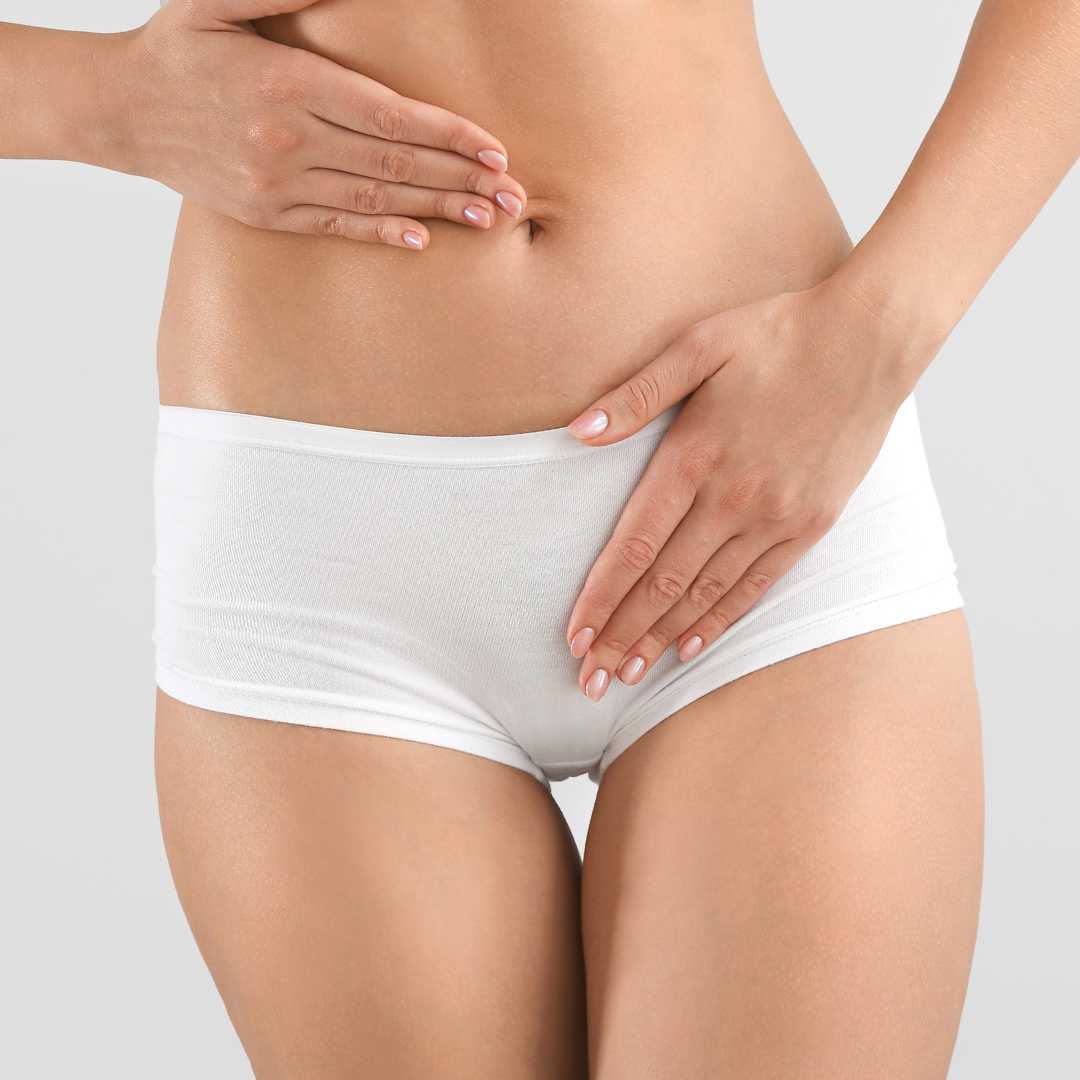





.png)
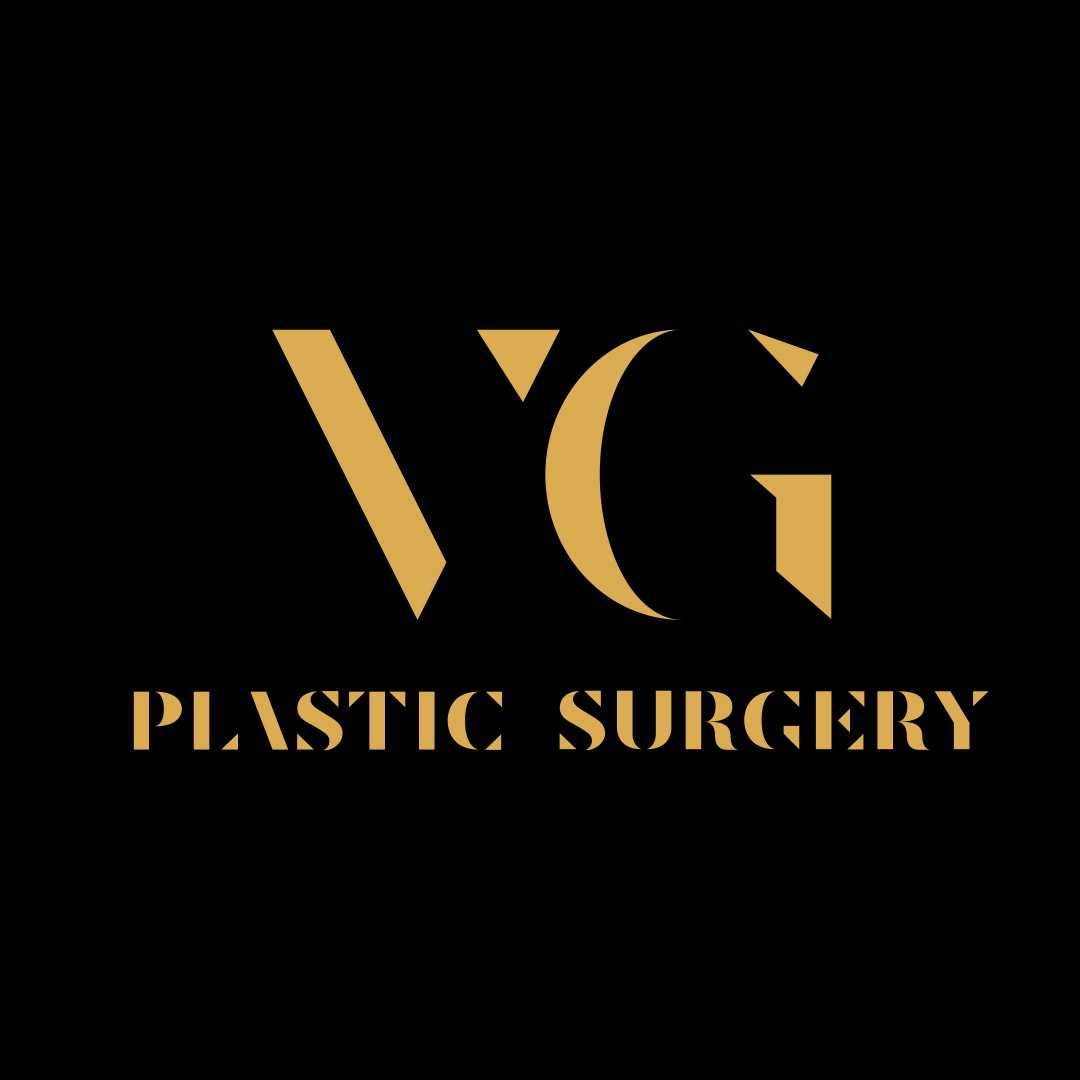
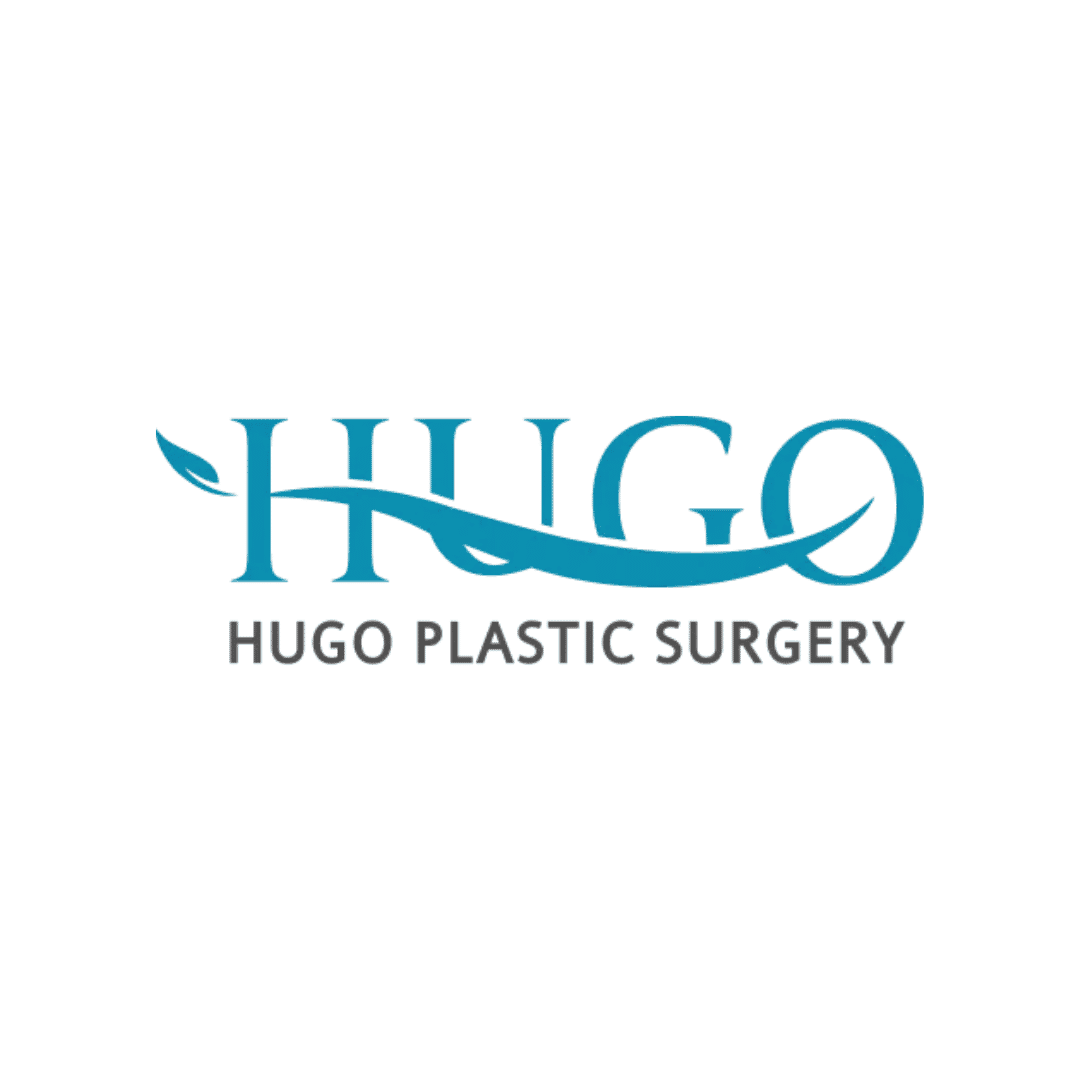
.png)
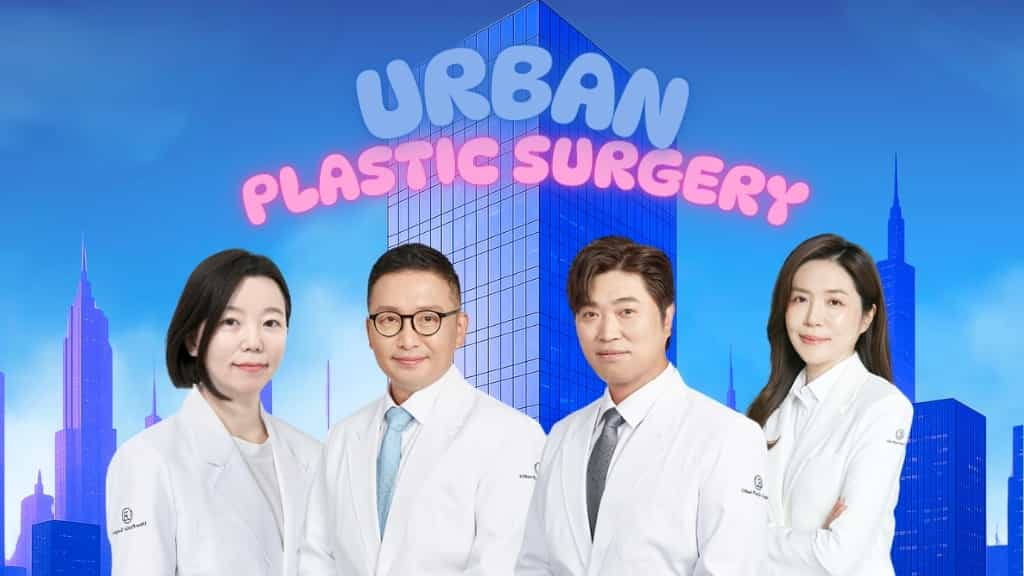
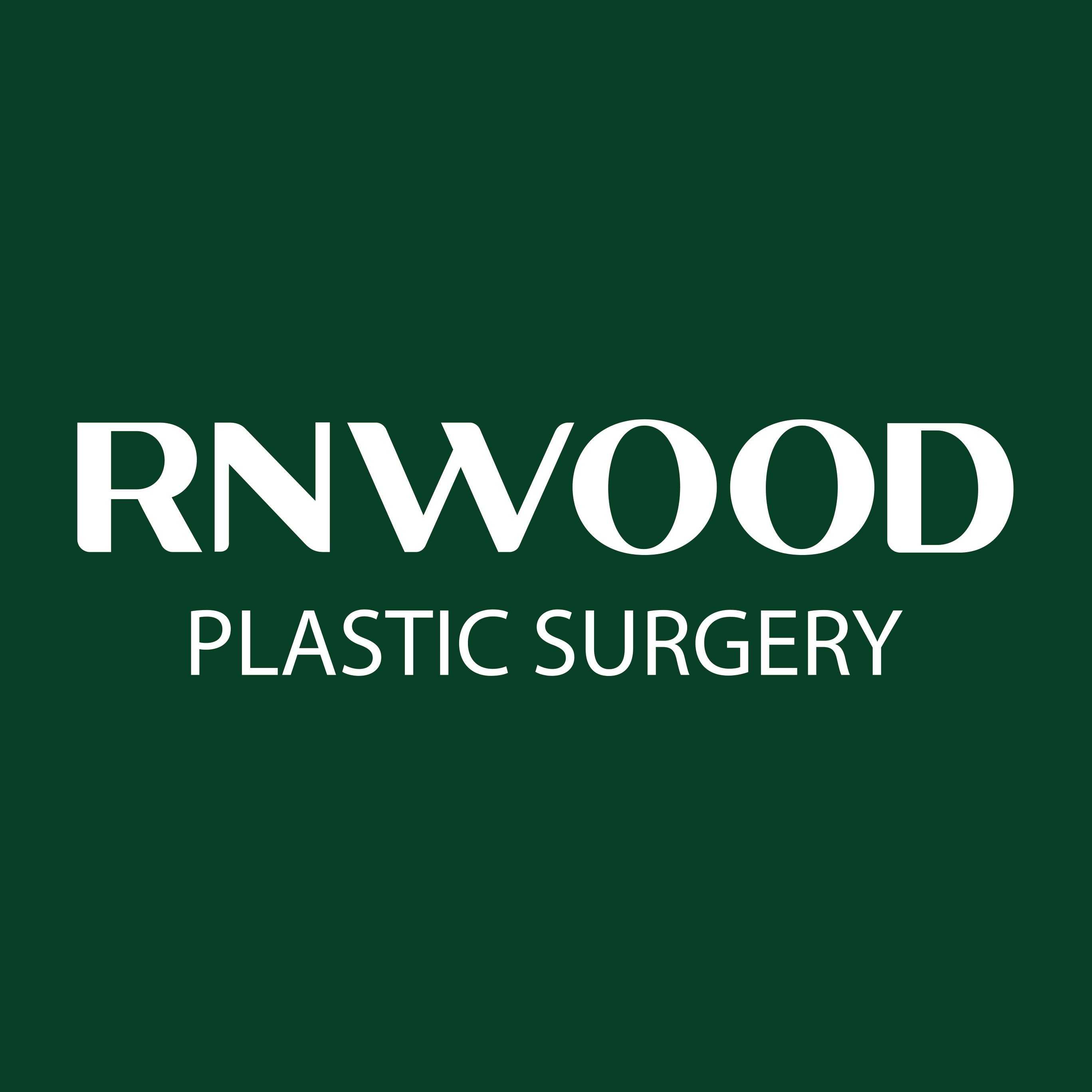

Share this listing